Listed below are selected teacher resources, picture books, and non-fiction related to technology education.
Teacher Resources
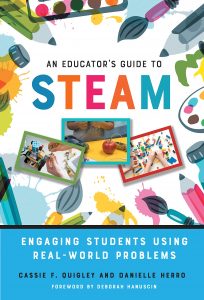 An educator’s guide to STEAM: Engaging students using real-world problems
An educator’s guide to STEAM: Engaging students using real-world problems
by Cassie F. Quigley and Danielle Herro
Grades: K-8
A comprehensive look at the difference between STEM and STEAM, and the value of arts integration alongside science, technology, engineering, and math. Includes sections on conceptualizing STEAM, developing STEAM classrooms, assessing STEAM learning, how to make STEAM relevant to students, as well as specific strategies and classroom examples to utilize.
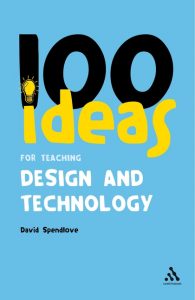 100 ideas for teaching design and technology
100 ideas for teaching design and technology
by David Spendlove
Grades: K-12.
This book provides practical ideas to implement, but also encourages teachers to consider the place of design and technology education in schools and society today. For more in the Continuum one hundreds series, click here.
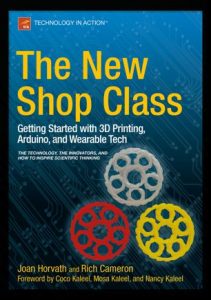 The new shop class: Getting started with 3D printing, Arduino, and wearable tech
The new shop class: Getting started with 3D printing, Arduino, and wearable tech
by Joan Horvath and Rich Cameron
Grades: K-12
This book explores the connection between making, hacking, science, and engineering, and the benefits of hands-on technology instruction. Covers topics such as 3D printing, drones, cosplay, female makers and scientists, circuits and programming, open source, makerspaces, and more. eBook only.
Grades: 8-12
How can we reach across subjects to create STEM curriculum? What’s the value of STEM in today’s world? How can we reach all students with STEM? These are some of the questions being explored in this text, which takes a practical approach to exploring the necessity of STEM and how to effectively teach it. Includes a specific chapter on “teaching design & technology in the light of STEM”. eBook only.
Picture Books
written by Andrea Beaty, illustrated by David Roberts
Rosie seems quiet during the day, but at night she’s a brilliant inventor of gizmos and gadgets. When her great-great-aunt Rose comes for a visit and mentions her one unfinished goal—to fly—Rosie sets to work building a contraption to make her aunt’s dream come true. When her contraption only hovers for a moment and then crashes, Rosie deems the invention a failure – but was it really? See also, Rosie Revere’s Big Project Book for Bold Engineers.
by Inhabit Media Inc.
This counting book showcases the tools that are essential to life in the Arctic, including sleds, kayaks, the ulu, and a stone cooking lamp. Book contains Inuktitut and English.
by Geneviève Côté
Mr. Kings loves collecting pretty things and building machines. So, one day he decides to build a Caterpillar-Catcher. Mr. King doesn’t realize the machine is filling up the air with smoke and his friends aren’t happy about it. This picture book introduces students to design, invention, and the need to consider the impact of our creations.
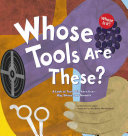 Whose tools are these?: A look at tools workers use–big, sharp, and smooth
Whose tools are these?: A look at tools workers use–big, sharp, and smooth
written by Sharon Katz Cooper, illustrated by Amy Bailey Muehlenhardt
Explores the tools that workers use, whether big, sharp, or smooth, to get the job done!
Non-Fiction
by Richard Hammond
Grades: 2-6
This book is divided into four sections which explore the invention of vehicles, how modern vehicles work, the physics of vehicles, and what the future of vehicles might look like. This book blends science, design, and mechanics, appealing to a wide range of students.
by Emily Reid
Grades: 3-6
Provides step-by-step instructions to make various kinds of jewelry, including necklaces, bracelets, and headbands. For more in the Makerspace projects series, click here.
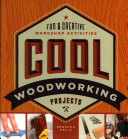 Cool woodworking projects: Fun & creative workshop activities
Cool woodworking projects: Fun & creative workshop activities
by Rebecca Felix
Grades: 3-6.
This book offers a basic introduction to woodworking for kids, including safety considerations, materials needed, and fun project ideas like a mini skateboard. Each activity includes step-by-step instructions and photographs. See also Maker Projects for Kids who Love Woodworking.
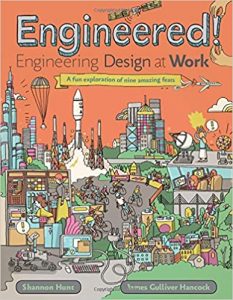 Engineered!: Engineering design at work
Engineered!: Engineering design at work
written by Shannon Hunt, illustrated by James Gulliver Hancock
Grades: 3-7
Using real-life examples from different fields of engineering, such as civil, mechanical, and environmental, this book introduces students to the engineering design process and the skills it takes to be a great engineer. See also, the Be an Engineer! Designing to solve problems series.
by various authors
Grades: 4-6
This series has 15 books on various making-related topics, including robotics, paper engineering, graphic design, woodworking, and more.
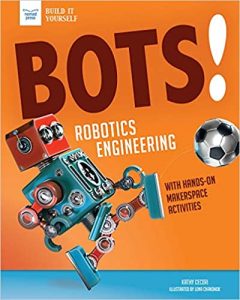 Bots!: Robotic engineering with hands-on makerspace activities
Bots!: Robotic engineering with hands-on makerspace activities
written by Kathy Ceceri, illustrated by Lena Chandhok
Grades: 4-6
This book offers a variety of hands-on activities, most of which can be done with materials found around the classroom or home, that encourage students to invent and explore. Also provides a look at interesting aspects of robots and technology, such as robots throughout history and the ethical implications of artificial intelligence. See also Robotics Engineering and Our Automated World.
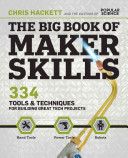 The big book of maker skills: Tools & techniques for building great tech projects
The big book of maker skills: Tools & techniques for building great tech projects
by Chris Hackett and the editors of Popular Science
Grades: 10-12
This tip-packed guide will help students and teachers take do-it-yourself projects to the next level: from basic wood- and metalworking skills to plugged-in fun with power tools, and from cutting-edge electronics play to 3-D printing wizardry.
Grades: 11-12
A magazine all about making and makers. Each issue includes project ideas with instructions on topics such as robots, drones, 3D printing, craft, and more based around a theme such as climate change or space.
Finding More Resources
To find more resources in this area, try the following:
- Search using the General tab on the UBC Library website to look for material in all UBC Library branches.
- Search using “Search Education Resources” box in the left hand bar on the Education Library website to limit your results to materials in the Education Library.
- Use specific search terms to narrow your results, such as “Engineering–Juvenile literature”, “Woodwork–Juvenile literature”, “Technology–Study and teaching”.
- To find lesson plans, include “lesson plans”, “lesson planning”, or “activity programs” in your search terms.
For more help with searching, please visit the Library Service Desk or e-mail ed.lib@ubc.ca.

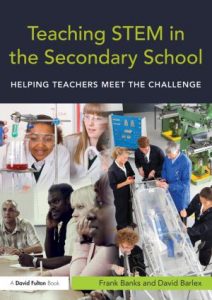 Teaching STEM in the secondary school: Helping teachers meet the challenge
Teaching STEM in the secondary school: Helping teachers meet the challenge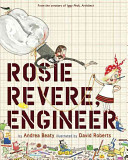
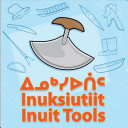 Inuksiutiit [Inuit tools]
Inuksiutiit [Inuit tools]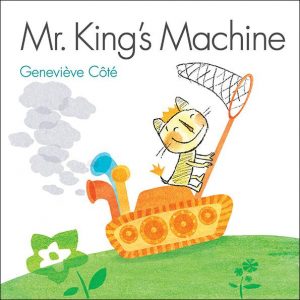 Mr. King’s machine
Mr. King’s machine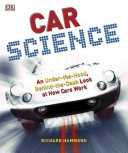 Car science
Car science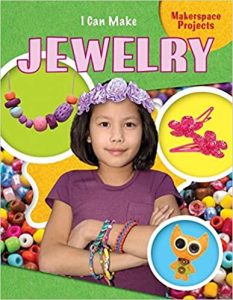 I can make jewelry
I can make jewelry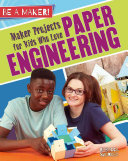 Be a maker! series
Be a maker! series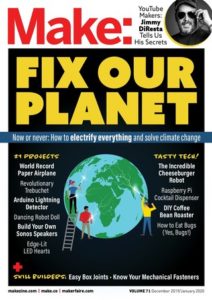 Make: magazine
Make: magazine